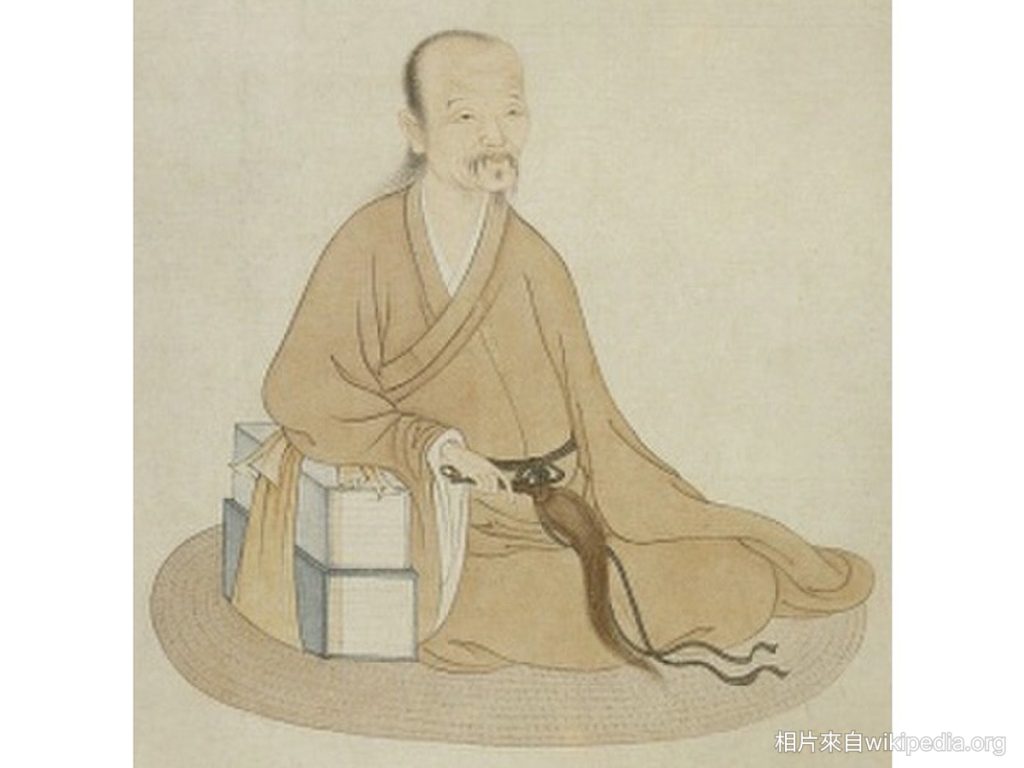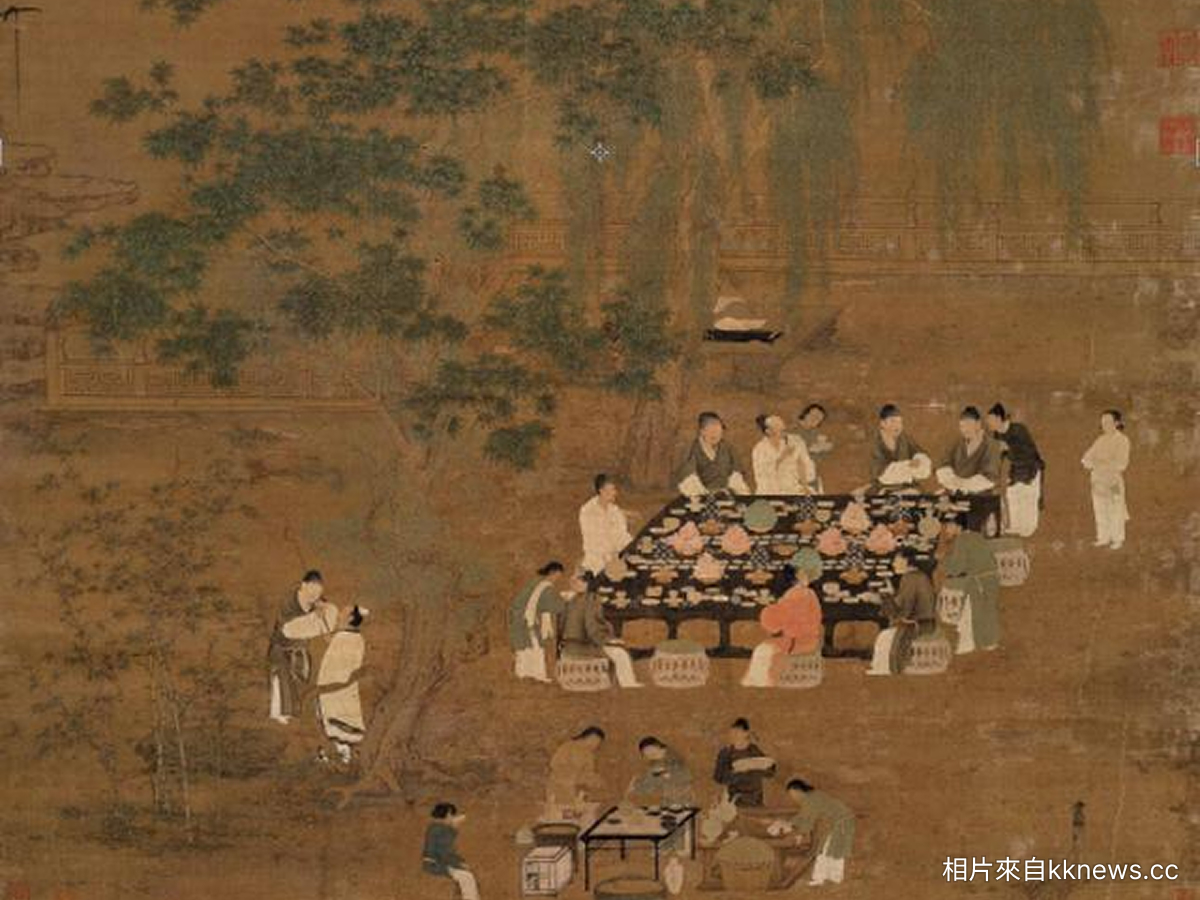From the perspective of Chinese painting, Huang Binhong’s works can be seen reflecting and resonating with Western Impressionist art. However, new-generation painters such as Wu Guanzhong have been highly critical of Huang Binhong’s paintings, describing them as monotonous and meaningless. Wu Guanzhong emphasized composition and modern expression, believing that brushwork should progress with the times. In his view, Huang Binhong’s foundation in classical brushwork was outdated for modern painters. Regardless of Eastern or Western art, reaching the highest standard is not just about technique, but about whether the artist can elevate their spiritual sensibility. This is similar to musical instruments: China’s musical achievements are relatively weak, and when comparing the guqin with the Western harp or organ, one can sense that both sides can achieve a high level of spiritual cultivation.
As mentioned in the previous episode, Fu Lei was a collector who commented that among modern calligraphers and painters, only Huang Binhong and Qi Baishi were truly qualified. The two had different painting styles and backgrounds, but their peak works were never vulgar. In China, the concept of yin and yang, or the balance between black and white, is highly valued. The same applies to calligraphy and painting; achieving balance is a high-level skill that requires deep philosophical cultivation.

What sets Huang Binhong apart from other painters is his deeper theoretical understanding of painting. Like Shitao, he wrote many books about painting, including “Gu Hua Wei” and “Hua Yu Lu,” in which he shared his views on Chinese painting. Chinese painting began in the Han dynasty, but that was only the most primitive and basic level. It was not until the Tang dynasty that painting art began to take shape.
Huang Binhong believed that the Northern Song dynasty was the pinnacle of Chinese painting, as it emphasized the beauty of nature, while the South was tranquil with a touch of human presence. He described Northern Song paintings as “rich and lush,” meaning the mountains are solid and the vegetation is luxuriant—a general description of landscape painting’s imagery. For Huang Binhong, this became a core concept of painting, embodying his aesthetic ideals, life pursuits, and the highest artistic realm.
In the next episode of ‘談文說藝’, we will continue to discuss Huang Binhong’s works!
For more wonderful content, please stay tuned for the next episode of ‘談文說藝’!
You are welcome to click the following link to revisit the program:
http://www.metroradio.com.hk/Campaign/2020/104/YSCL/


